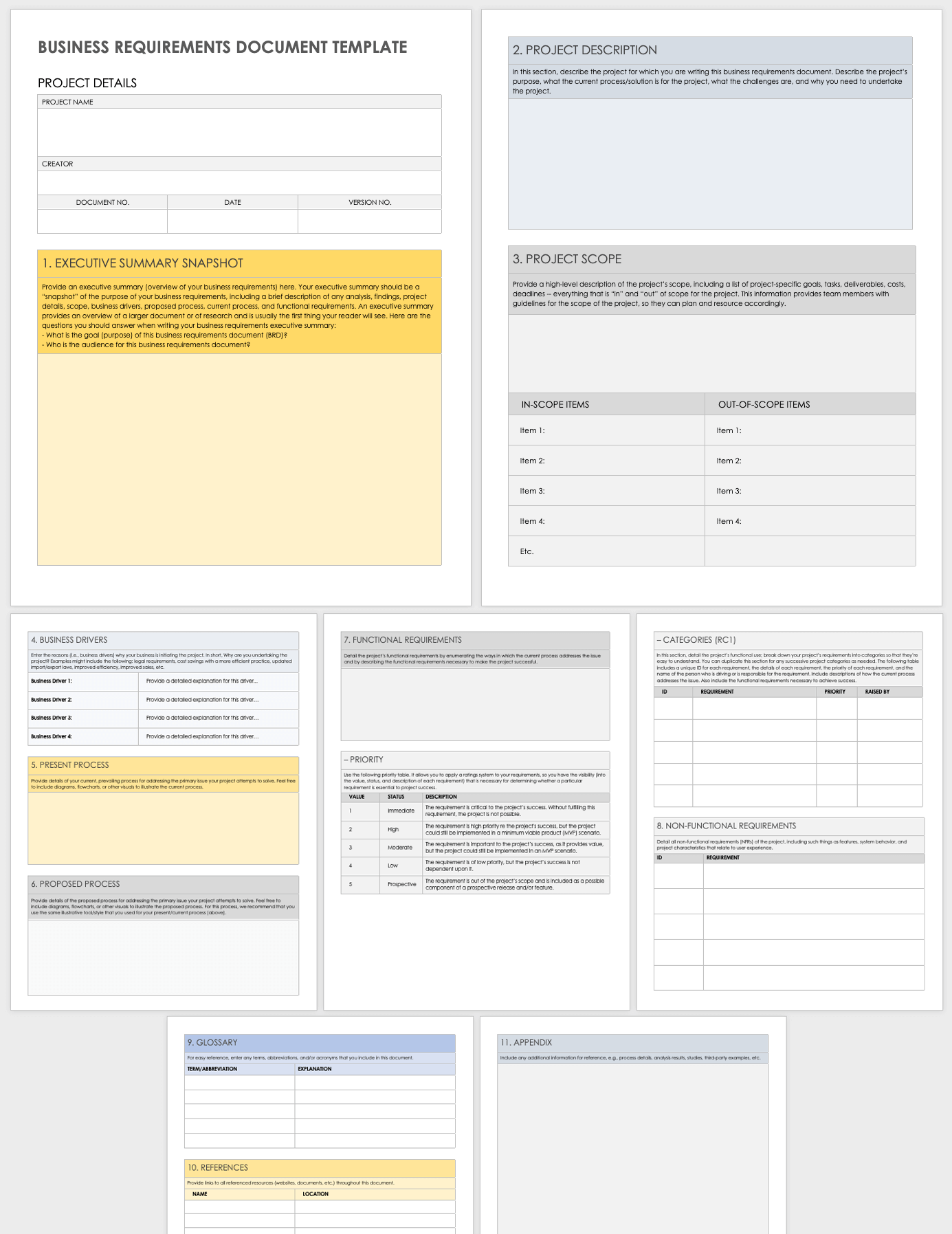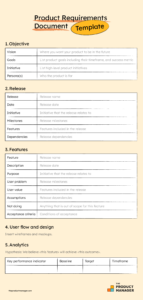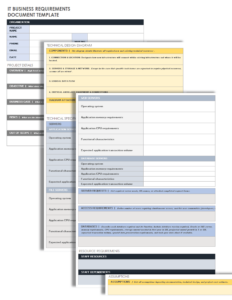Writing business requirements is an essential step in any software development project. It helps to define what the software should do, how it should work, and who will use it. A well-written business requirements document will serve as a blueprint for the development team, helping to ensure that the final product meets the needs of the business.
There are many different ways to write a business requirements document, but one common approach is to use a template. A template can provide a structured framework for organizing your thoughts and ensuring that you capture all of the necessary information. There are many different templates available online, so you can find one that best suits your needs.

What to Include in a Business Requirements Document
A business requirements document should include the following information:
- Project overview: This section should provide a brief overview of the project, including the project’s goals and objectives.
- Stakeholder analysis: This section should identify all of the stakeholders in the project, and their roles and responsibilities.
- Use case analysis: This section should describe the different use cases for the software, and the steps that users will need to take to complete each use case.
- Functional requirements: This section should list all of the functional requirements for the software, including the specific features and capabilities that the software should have.
- Non-functional requirements: This section should list all of the non-functional requirements for the software, such as performance, security, and usability.
- Acceptance criteria: This section should define the acceptance criteria for the software, which will be used to determine whether the software meets the business requirements.
Tips for Writing a Business Requirements Document
Here are some tips for writing a business requirements document:
- Start with a clear understanding of the business needs. Before you start writing, it’s important to have a clear understanding of the business needs that the software will be addressing. This will help you to focus your writing and ensure that you capture all of the necessary information.
- Use a structured approach. As mentioned above, using a template can help to provide a structured approach for writing your business requirements document. This will help you to organize your thoughts and ensure that you capture all of the necessary information.
- Write in clear and concise language. Your business requirements document should be written in clear and concise language that is easy for everyone to understand. Avoid using technical jargon or acronyms that your readers may not be familiar with.
- Get feedback from stakeholders. Once you have written a draft of your business requirements document, it’s important to get feedback from stakeholders. This will help you to identify any errors or omissions in your document, and ensure that it meets the needs of the business.
Conclusion
Writing a business requirements document is an important step in any software development project. By following the tips in this article, you can write a clear and concise document that will help to ensure that the final product meets the needs of the business.
Remember to use a structured approach and to get feedback from stakeholders to ensure that your


